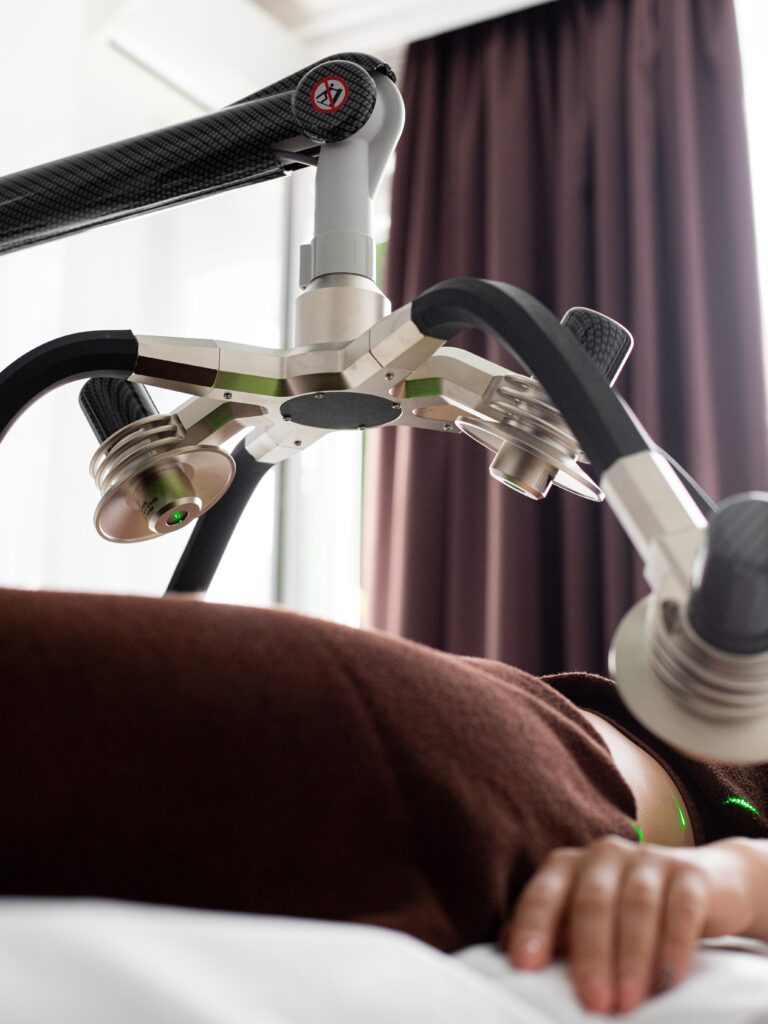Is Lapiplasty bunion surgery covered by insurance?
We are all aware of the fact that insurance companies only cover surgeries that are considered medical problems and cause medical disruptions. This is because they have some rules and regulations; only if your case aligns with them can you get part or full coverage.
Still, one should get insurance because who would want to skip on the innumerable benefits that come with it? But do they pay for Lapiplasty bunion surgery or not? Read ahead to find out.
Does insurance cover lapiplasty bunion surgery?
Yes, thankfully, the majority of the insurance policies should cover the Lapiplasty bunion surgery. A number of insurance companies pay a percentage of it, or all depends on the company policy and your condition. Therefore, if you are considering getting lapiplasty surgery done, have a conversation with your insurance provider and surgeon to get into its insights.
What does Lapiplasty bunion surgery do?
There can be different types of foot problems that are treatable, and bunions are one of them. This ailment causes pain and discomfort, making wearing specific shoes difficult. The best way to heal it is to utilize a minimally invasive surgical technique that has recently gained a lot of fame for its benefits, called let’s Lapiplasty bunion surgery.
For this procedure, the surgeon makes a small incision in the foot and uses special instruments to realign the bone in the big toe joint. Then they place a small titanium plate and screws to set the bone in place while it cures.
Compared to traditional bunion surgery, which involves cutting and shifting the bone, this new procedure has far less hassle and side effects. Patients can feel less pain, escape swelling and enjoy a shorter recovery time. Most return to normal activities within a few weeks of the surgery.
Who qualifies for Lapiplasty surgery?
- Age is a significant factor here. Pediatric patients aged less than 12 and anyone from 12-21 years of age are not for this surgery, and this is because the surgery can damage the growth plates of skeletally immature patients.
- If the big toe joint is severely damaged due to arthritis, it may not be possible to perform Lapiplasty surgery, and the doctor might recommend other treatment options.
- Specific foot structures or deformities may make performing Lapiplasty surgery safely and effectively challenging.
- Certain medical conditions, such as diabetes or peripheral vascular disease, may increase the risk of complications during and after Lapiplasty surgery.
- If there is an active infection in the foot or the patient has a history of recurrent infections, Lapiplasty surgery may be contraindicated.
- Lapiplasty surgery is generally not recommended for pregnant women due to the potential risks to the fetus.
Frequently Asked Questions(FAQs)
1. How long does Lapiplasty last?
The operation itself lasts only for one hour at best. But if your doctor performs other surgeries, it can take time.
2. Is Lapiplasty better than regular bunion surgery?
Yes, Lapiplasty is better than traditional bunion surgery as it is simpler and less risky.
3. Can you bend your big toe after Lapiplasty?
Yes, even after the surgery, you will have control over your big toe. So, no need to worry about its movement.
Wrapping It Up
If you have a bunion causing pain or discomfort and other treatments have not been effective, Lapiplasty surgery may be a viable option. The good news is that many insurance plans cover the cost of Lapiplasty surgery, although coverage can vary depending on your specific insurance plan and circumstances.





